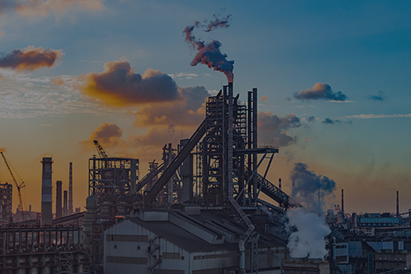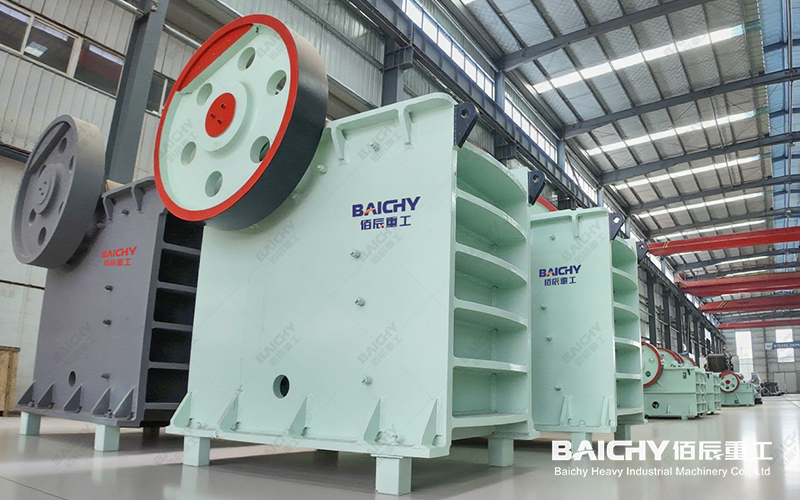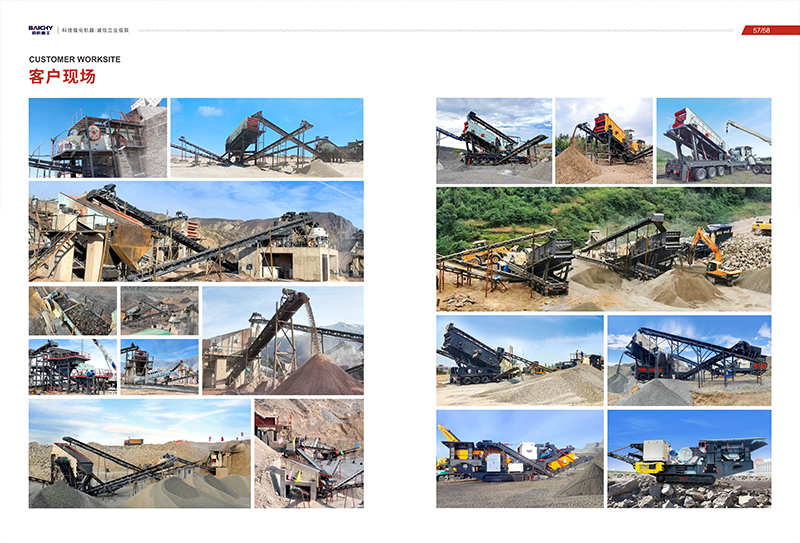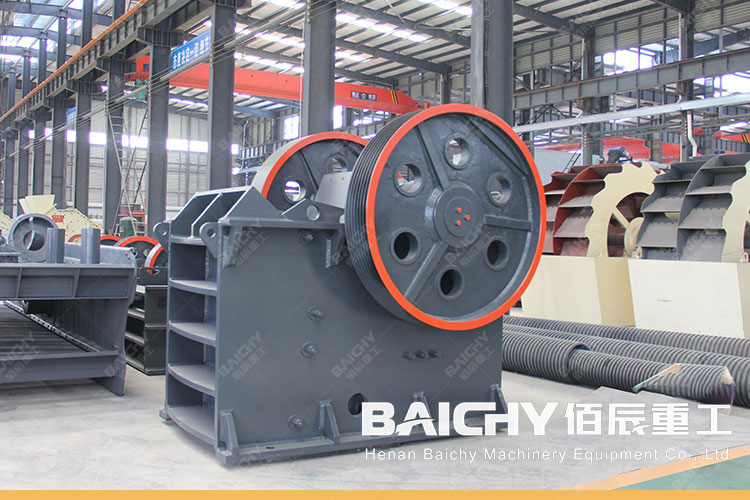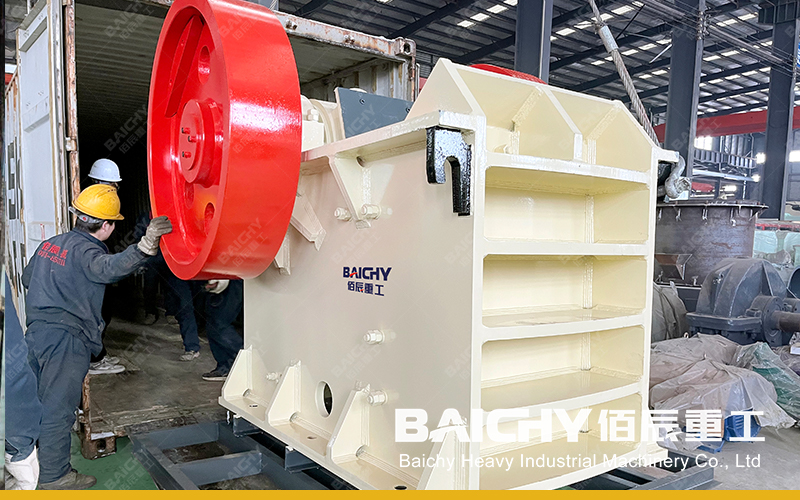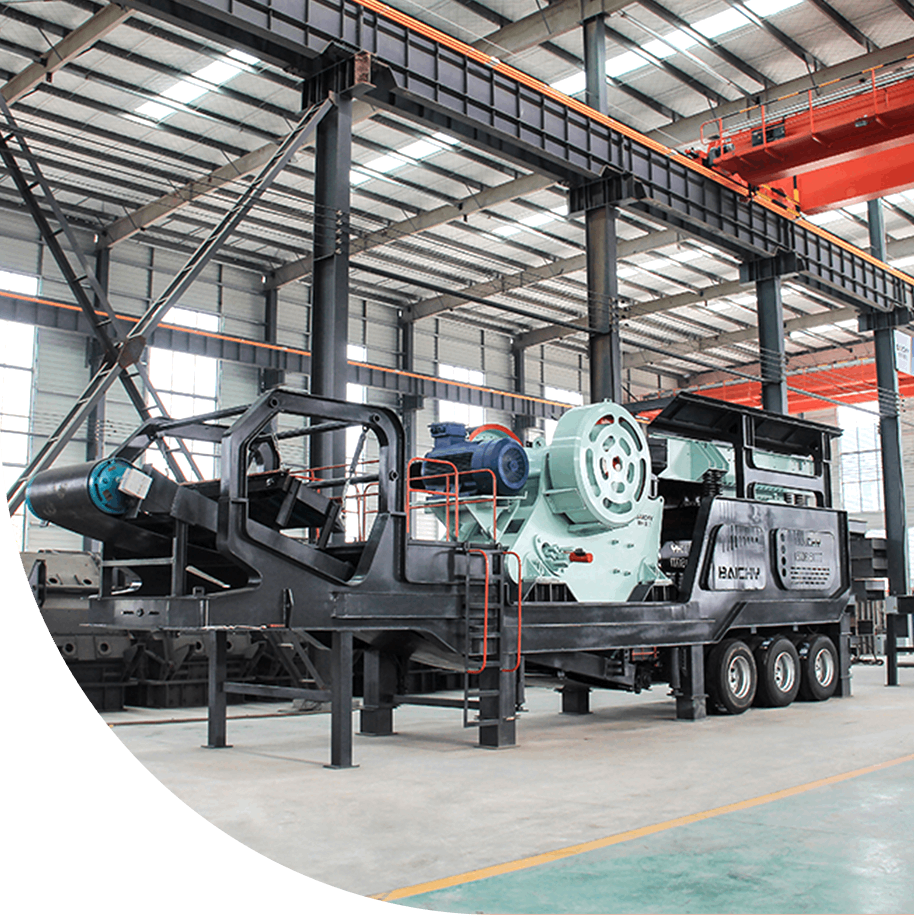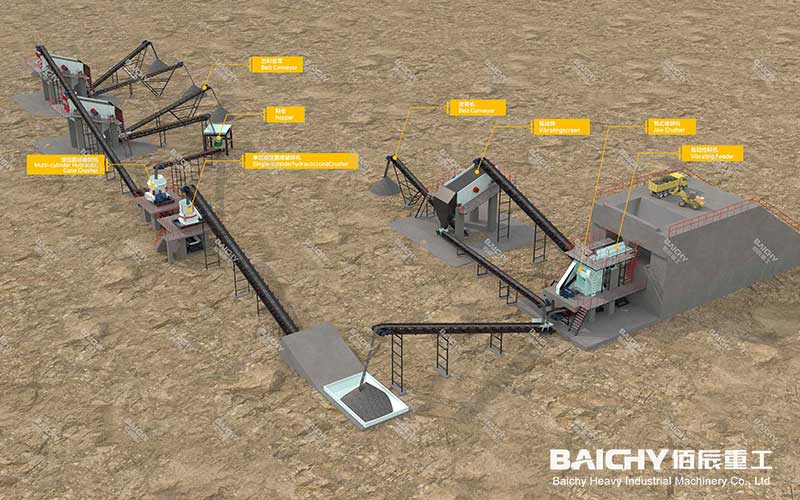
Aggregates are important raw materials for the construction of infrastructure such as buildings, roads, and railways. The design of their production lines directly affects production efficiency, product quality, and operating costs. How to scientifically plan a production line for aggregates? This article will start from the core points of process flow, equipment selection, environmental protection standards, and energy consumption optimization, and combine the latest industry specifications in 2025 to provide you with comprehensive guidance.
Core points of design of aggregate production line
1. Process flow design
The process flow of aggregate production line mainly includes crushing, screening, transportation, storage, etc. Reasonable process design can improve production efficiency and reduce energy consumption.
• Coarse crushing stage: Use jaw crusher or gyratory crusher to process large raw materials (such as granite and limestone).
• Medium and fine crushing stage: Cone crusher or impact crusher, further crush to suitable particle size.
• Screening stage: Vibrating screen classification to ensure that the finished aggregate meets different specifications (such as 0-5mm, 5-10mm, 10-20mm).
If machine-made sand is produced, a sand making machine (such as VSI impact crusher) is required
Optimization suggestions:
• Use multi-stage crushing + closed-circuit screening to improve the yield rate.
• Rationally configure the buffer silo to avoid idling or overloading of the equipment.
2. Equipment selection and configuration
Equipment selection directly affects the stability and economy of the production line, and needs to be considered in combination with raw material characteristics, production capacity requirements and investment budget.
| Equipment type | Recommended model | Applicable scenarios |
| Coarse crushing equipment | Jaw crusher (PE series) | High hardness rock (such as granite) |
| Medium and fine crushing equipment | Cone crusher (HP series) | Medium hardness rock (such as limestone) |
| Sand making equipment | VSI impact crusher | Machine-made sand production (0-5mm fine aggregate) |
| Screening equipment | Multi-layer vibrating screen (YK series) | Multi-level aggregate classification |
Key considerations:
• Raw material hardness: Cone crusher is recommended for high hardness rock, and impact crusher can be used for low hardness.
• Capacity demand: Small production lines (<200t/h) can simplify the process, and large production lines need to optimize equipment matching.
• Automation degree: PLC control system is used to reduce manual intervention and improve stability.
3. Environmental protection and energy-saving design (latest standard in 2025)
As environmental protection policies become stricter, sand and gravel aggregate production lines must comply with GB 51186-2016 "Design Specifications for Machine-made Sand and Gravel Aggregate Plants" and local environmental protection requirements.
Main environmental protection measures:
✔ Dust control:
• The crushing and screening links adopt a closed design + pulse dust collector.
• Install a dust cover on the conveyor belt to reduce dust.
✔ Noise control:
• Select low-noise equipment (such as hydraulic cone crusher).
• Set up a sound barrier to reduce the factory boundary noise to ≤65dB.
✔ Wastewater treatment:
• Sand washing wastewater is treated by a sedimentation tank + filter press for recycling.
✔ Energy-saving optimization:
• Use variable frequency motors to reduce energy consumption.
• Optimize the crushing ratio, reduce ineffective crushing, and reduce power consumption.
Frequently Asked Questions about Sand and Gravel Aggregate Production Lines
Q1: How to reduce the investment cost of sand and gravel production lines?
Prefer modular design to reduce civil engineering costs.
Q2: What is the difference between machine-made sand and natural sand production lines?
Machine-made sand requires the addition of a sand making machine + sand washing machine, while natural sand can be directly screened.
The content of machine-made sand and gravel powder needs to be controlled (MB value ≤ 1.4).
Q3: How to improve the quality of finished sand and gravel aggregate products?
Use multi-stage screening to ensure uniform particle size.
Adjust the crusher discharge port to reduce needle-like particles.
The design of sand and gravel aggregate production lines needs to comprehensively consider process flow, equipment selection, environmental compliance and cost control. In 2023, with the advancement of intelligent and green mine construction, energy-efficient and environmentally friendly production lines will become the industry standard. If you need further optimization solutions, please refer to GB 51186-2016 or consult a professional design team.



